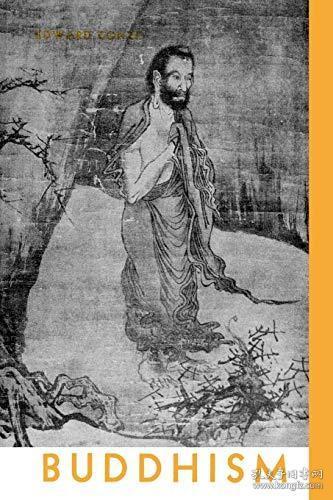
Buddhism Om: A Multidimensional Exploration
The “Om” in Buddhism is a sacred sound that holds immense significance in the practice of this ancient religion. Often pronounced as “Aum” or “Omm,” this sound is considered to be the primordial sound from which all other sounds arise. In this article, we will delve into the various dimensions of the Buddhist “Om,” exploring its origins, meanings, and its role in meditation and spiritual practices.
Origins of the Buddhist “Om”

The origin of the “Om” can be traced back to the Vedic tradition, which predates Buddhism. In Hinduism, “Om” is considered to be the sound of the universe and is often chanted at the beginning and end of rituals. Buddhism adopted this sound and incorporated it into its own practices, using it as a symbol of the ultimate reality and the interconnectedness of all things.
Meanings of the Buddhist “Om”

The “Om” is often interpreted in several ways within Buddhism. One interpretation is that it represents the three bodies of the Buddha: the physical body, the subtle body, and the ultimate, formless body. Another interpretation is that it symbolizes the three kayas of the Buddha: the rupakaya (physical body), the sambhogakaya (enjoyment body), and the nirmanakaya (manifestation body). Additionally, “Om” is believed to be the sound of the Buddha’s voice, representing his teachings and wisdom.
The Role of “Om” in Meditation

Meditation is a central practice in Buddhism, and the “Om” plays a significant role in this process. During meditation, practitioners often begin and end their sessions with the sound of “Om.” This sound helps to focus the mind, create a sense of calm, and facilitate deeper levels of concentration. The repetitive nature of the “Om” sound can also help to steady the breath and bring about a state of mindfulness.
| Benefits of Chanting “Om” in Meditation | Description |
|---|---|
| Focus and Concentration | The repetitive nature of the “Om” sound helps to keep the mind focused on the present moment, reducing distractions. |
| Stabilization of the Breath | Chanting “Om” can help to regulate the breath, leading to a state of calm and relaxation. |
| Enhanced Mindfulness | The sound of “Om” can deepen the practitioner’s awareness of their thoughts, emotions, and bodily sensations. |
| Connection to the Buddha’s Teachings | Chanting “Om” serves as a reminder of the Buddha’s wisdom and the interconnectedness of all beings. |
“Om” in Buddhist Mantras
The “Om” is also a fundamental component of many Buddhist mantras. Mantras are sacred sounds or words that are believed to have the power to transform the mind and bring about positive changes in one’s life. The “Om” often serves as the prefix or suffix to these mantras, enhancing their power and significance. For example, the well-known mantra “Om Mani Padme Hum” is often chanted by Tibetan Buddhists and is believed to invoke the blessings of Avalokiteshvara, the bodhisattva of compassion.
Cultural Variations of “Om” in Buddhism
The “Om” is not only significant in the Buddhist tradition but also has variations across different cultures and regions. In Tibetan Buddhism, the “Om” is often pronounced as “Aum,” while in Theravada Buddhism, it is more commonly pronounced as “Omm.” The variations in pronunciation and usage reflect the diverse ways in which Buddhism has been adapted and practiced throughout history.
Conclusion
The Buddhist “Om” is a powerful and multifaceted symbol that holds deep meaning within the practice of Buddhism. Its origins, meanings, and role in meditation and spiritual practices make it a significant aspect of this ancient religion. Whether you are a practicing Buddhist or simply curious about the teachings of this faith, exploring the “Om” can provide valuable insights into the rich tapestry of Buddhist thought and practice.






